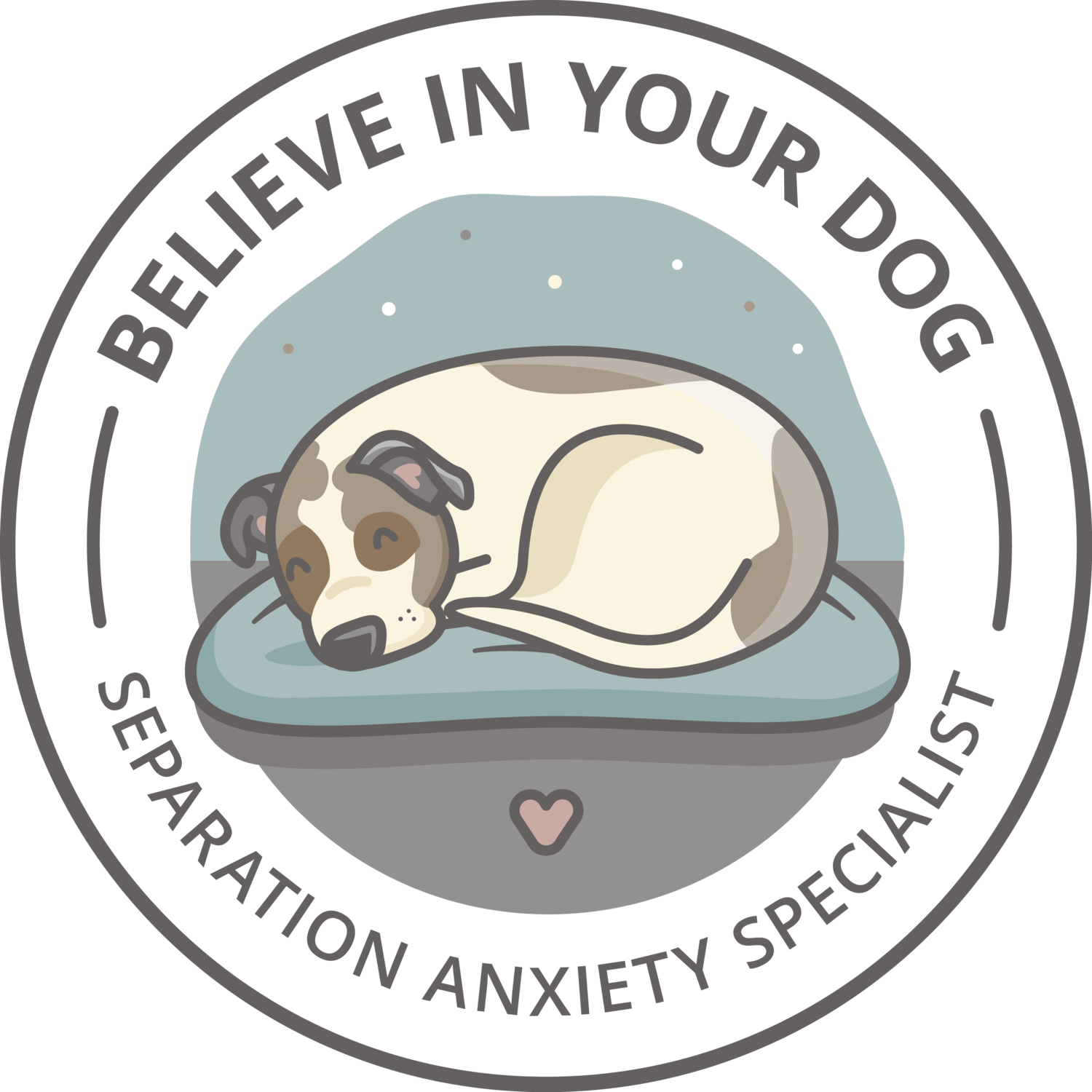6 Tips for Taking Time Off for Dog Trainers
Hello friends! Veering a little off topic today to share something with you that’s been weighing on me. I’d like to talk about how to take time off when you’re working in a caring profession (like dog - and human - training.) As we all know, it’s not just the dogs you’re helping. If it were, it would probably be a lot easier to step away now and then.
Why take days off? Well, to put it simply: you have to take care of you. Maybe you love working 7 days a week. More power to you. It wears me out. Give me an inch and I’ll take a mile. If I look at a single email, I can promise you that I’m working the rest of the day. If I say, “I’m just going to write training plans but not have client meetings,” then I guarantee you I’m spending 10-15 mins on each plan, coaching & support notes, etc. When you’re working with 10-15 dogs at a time, that adds up.
When I first started my business, I worked 7 days a week. I usually worked from morning to night. I’d wake up in the middle of the night thinking about the training plan I wrote earlier in the day. When you own your own business, you are doing everything. It’s not just the client meetings. I won’t list all the things you’re doing because you know. It took two years of this before I started thinking of ways to take days off.
And let’s define “days off” while we’re at it: I personally define “days off” as days where I am not replying to/checking emails, I’m not answering client calls, I’m not writing training plans, and the list goes on.
“I see a lot of people glorifying "the hustle" and people working non-stop being touted as a badge of honor. This is a recipe for burnout in our industry. Working time off into your schedule and sticking to it prevents fatigue and keeps you in the game, and in the long run, allows you to help more dogs.”
-Jenna Teti, Think Smart Dog Training
So, here’s what I have learned through a fair amount of blood, sweat, and tears:
1) Set Away Messages
Set them on your email. Set them on your WhatsApp. I use WhatsApp in place of texting because I can set it to send away messages during my out of office hours. It’s super cool. I have also set up a contact form auto-reply. Contact form inquiries are usually from new potential clients. You are going to be really tempted to reply to that. Set an auto-reply and tell them everything they need to know.
2) Schedule your social media content
Your social media content is important. It’s a way to generate interest in your business but it’s also a way to help people and their dogs for free! However, that time you spend creating the content is not “free” for you. Spend one to two hours a day (on your work day) creating and scheduling your social media content. There’s lots of great apps out there for this.
3) Add an FAQ to your website
Put as much information as you possibly can on your website. Pricing, availability, training methods, etc. Feel free to check mine out for an example. Answer as many questions as you can on your website and link to your FAQ in your away messages. When I get a new inquiry, they get an auto-reply from Squarespace that explains everything and links to the FAQ and scheduling page.
4) Set expectations with clients up front
Put it in your contract. “I do not reply to emails/write training plans/etc. on my days off which are xxx.” Don’t reinforce the behavior of texting you or emailing you on your day off with a reply. Prepare them for “emergencies” - if you’re okay with them calling or texting in an emergency, that’s fine. But be sure you’re really okay with it. Luckily, there aren’t many (if any) emergencies in separation anxiety training.
5) Don’t review or write training plans on your days off
I know. This is especially hard for us separation anxiety trainers. Some of us are okay with writing/reviewing training plans 7 days a week. I’m not. I tried it. I let my clients know up front that their days off must fall on my days off. I take a 3-day weekend (that’s right) so they get some flexibility with which 2 days they take off. My mental health is the priority. The better I take care of myself, the more likely I am to help these dogs.
6) Turn off work notifications
You know that feeling you get when you see that red badge? That red badge is super easy to disable. I have reminders set to turn the notifications off during certain hours and then I turn them back on when I’m back at work. It’s a little extra work but not as much extra work as thinking about red badges at all hours of the day.
Final Thoughts
The list is, of course, not exhaustive. There are so many things we do during our “time off” that can drain us. The key is figuring what fills you up and what drains you. Do less of what drains you, or do it during structured times. If posting on your business social media doesn’t drain you on your “days off,” by all means go for it! It’s all about balance.
What drains you that you can ditch on your days off? What’s helped you take the time off that you need?
Disclaimer: I am a work in progress but I get a little better at this each day. All we can really do is celebrate approximations and do our best.

